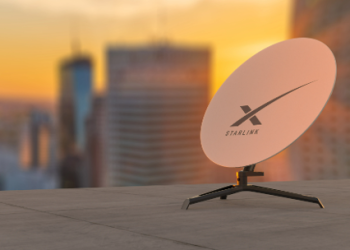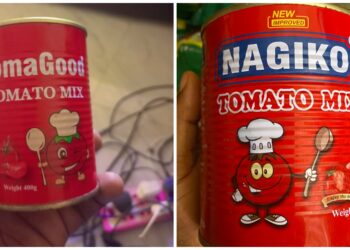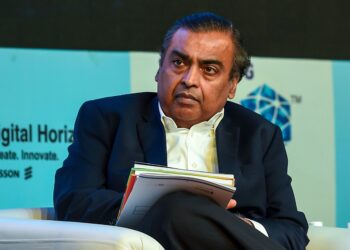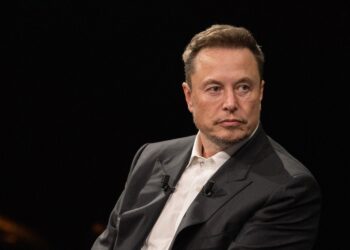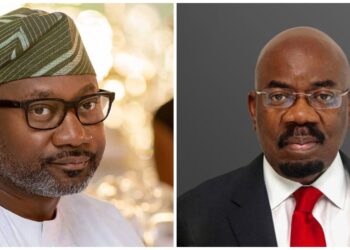In 2019, the family of late Apple engineer, Walter Huang filed a negligence and wrongful death lawsuit against Tesla and by extension, its owner, Elon Musk who has now been able to settle with the deceased family.
Fintech Telex understands that the settlement came as Musk announced that Tesla would in the summer unveil its Robotaxi, a self-driving car.
Huang, an Apple engineer and father of two died after his Model X SUV, with Autopilot features switched on, crashed into a highway barrier near Mountain View, California, in 2018.
The bereaved family claimed that the technology, dubbed Autopilot, was promoted in gross ways that caused vehicle owners to believe they didn’t have to remain vigilant while they were behind the wheel.
Scheduled to commence this week in the California Superior Court, the trial would have placed Tesla’s Autopilot and Full Self-Driving technologies under intensified scrutiny.
Details of the settlement remain undisclosed, pending judicial approval, as Tesla has yet to respond to requests for comment.
Before the settlement, Tesla had contended that Huang had misused the Autopilot system by engaging in a video game shortly before the accident. The company has previously succeeded in legal battles by asserting that drivers failed to adhere to instructions to maintain attention while using the Autopilot feature.
What happened in the Tesla crash?
Evidence indicated that Huang was playing a video game on his iPhone when he crashed into a concrete highway barrier on March 23, 2018.
After dropping his son off at preschool, Huang activated the Autopilot feature on his Model X for his commute to his job at Apple.
READ MORE: LemFi Suspends Ghana Operations, Here’s Why
But less than 20 minutes later, Autopilot veered the vehicle out of its lane and began to accelerate before barreling into a barrier located at a perilous intersection on a busy highway in Mountain View, California. The Model X was still traveling at more than 110 kilometers per hour.
Huang, 38, lost his life at the gruesome scene, leaving behind his wife and two children, now 12 and 9 years old.
The case was just one of about a dozen scattered across the US raising questions about whether Musk’s boasts about the effectiveness of Tesla’s autonomous technology fosters a misguided faith in the technology.
The company also has an optional feature called Full Self Driving.
The US Justice Department also opened an inquiry last year into how Tesla and Musk promote its autonomous technology, according to regulatory filings that didn’t provide many details about the nature of the probe.
Tesla, which is based in Austin, Texas, prevailed last year in a Southern California trial focused on whether misperceptions about Tesla’s Autopilot feature contributed to a driver in a 2019 crash involving one of the company’s cars.
What Tesla’s attorneys are up to
Before Tesla’s settlement, a civil jury was meant to begin in a San Jose, California courthouse.
Tesla attorneys had argued that Huang was an inattentive driver, who ostensibly knew better but was playing mobile games on his phone at the time of the crash.
The company has filed to seal from public view the amount listed in the settlement agreement.
The fatal crash and filings in this suit had already thrown Tesla’s culture, its attitudes about safety, and the quality of its driver assistance systems into question for many prospective shareholders and customers.
If a jury had found Tesla liable (in part or whole) for Huang’s death, this trial would have also set a precedent in product liability suits that the EV maker is now facing pervasively, making it easier for other plaintiffs to sue or win over related issues.
In May 2022, Musk declared in a post on social media: “We will never seek victory in a just case against us, even if we will probably win,” adding, “We will never surrender/settle an unjust case against us, even if we will probably lose.”
In a filing asking the court to seal the settlement terms, Tesla’s attorneys wrote that the company had, “entered into a settlement agreement with Plaintiffs to end years of litigation.”
They said they wanted the exact dollar amount of the settlement sealed because, “other potential claimants (or the plaintiffs’ bar) may perceive the settlement amount as evidence of Tesla’s potential liability for losses, which may have a chilling effect on settlement opportunity in subsequent cases.”
Written by Adeluola Biola




